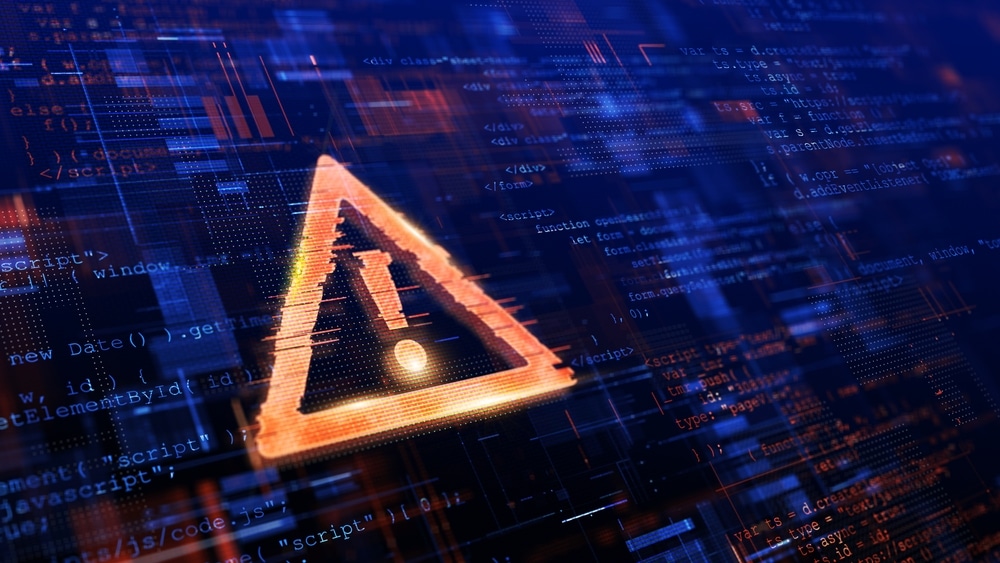
Cyber attacks have increased in the UK by 72% year on year in 2022, according to security specialists Check Point.
Virtually no walk of life or business has been spared, with education and healthcare organisations most targeted.
Global attacks have increased by 28% in the third quarter of 2022 when compared to the same period in 2021.
According to the Check Point survey, education remains the most attacked industry, with an average of 2,148 attacks. Healthcare was the most targeted industry for ransomware in the third quarter of 2022 with one in 42 bodies being impacted.
MOST READ: FIGEN MURRAY APPEALS TO PM RISHI SUNAK OVER MARTYN’S LAW
Martin Rutterford, Channel Director for UK&I at Check Point said: “Education and healthcare organisations remain top targets for cybercriminals.
He said: “This is not surprising given the quantity of personally identifiable information they hold, and the amount of legacy tech that is still used day to day.
“They also have a greater value in terms of disruption and impact on the general public.
“In some cases, especially in healthcare, downtime to services could be detrimental, even life-threatening, which makes them a prime candidate for ransomware.
“We’ve seen increases in attacks across most industries and countries in comparison to last year.
“This illustrates how much work there is to do in terms of increasing training and investment in more robust threat prevention strategies.
“From the Check Point Research findings, it’s clear that organisations need to invest in either dedicated security operations centres (SOC) for round the clock monitoring and response, or a partner that can do this for them, offering preventative measures to stop attacks happening in the first place.”
Check Point Research urges organisations to choose prevention over detection tactics and details recommendations.
The report states: “This year has been largely dominated by the Russia-Ukraine war, with major concerns about its impact on the global threat level.
“Just three days after the invasion of Ukraine, on February 27th, Check Point Research (CPR) noted a 196% increase in cyber-attacks on Ukraine’s government-military sector, and a 4% increase in cyber-attacks per organization in Russia.
“It is not only war-related cyber activity that has seen a sharp rise over the last few months.
“It seems that hackers and attack groups have gained momentum and confidence, luring and attacking what seems to be endless targets around the globe.
“A few notable events are the LA Unified School District, the US’ second largest school district, which suffered “significant infrastructure disruption” in September.
“In Europe, Moody’s Investors Service cited that cyberattacks are accelerating across the continent, in a latest report.
“In Australia, Singtel-owned telecoms company Optus suffered one of the largest cyber breaches in the country’s history followed by data hacks on Medibank, Australia’s biggest health insurer.
“In October, Woolworths, one of Australia’s largest supermarket chains reported a data breach and, following on from the Optus attack, a second Australia-Based Singtel subsidiary, Dialog, an IT services consulting company, was also hacked.
“In a report published back in August 2022, CPR noted that the Education sector was experiencing more than double weekly attacks, compared to other industries. We have seen this trend continue, with the Education/Research sector facing an average of 2,148 attacks per organization every week in the third quarter this year, an increase of 18% compared to the third quarter last year.
Academic institutions have become a popular feeding ground for cybercriminals following the rapid digitization they undertook in response to the COVID-19 pandemic.
“Many were ill-prepared for the unexpected shift to online learning, which created ample opportunity for hackers to infiltrate networks through any means necessary.
“Schools and universities also have the unique challenge of dealing with children or young adults, many of which use their own devices, work from shared locations, and often connect to public WiFi without thinking of the security implications.
“The second most attacked industry was government/military, with 1,564 average weekly attacks, marking a 20% increase from the same period last year. The healthcare sector saw the largest change compared to last year, with 1,426 average attacks per week – a significant increase of 60% year on year.£